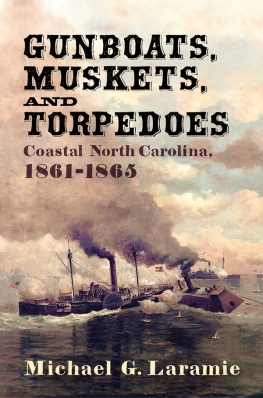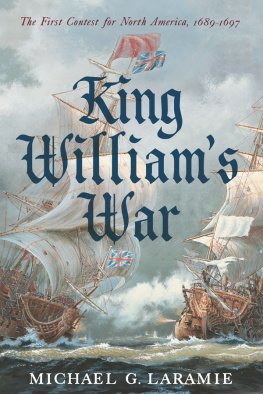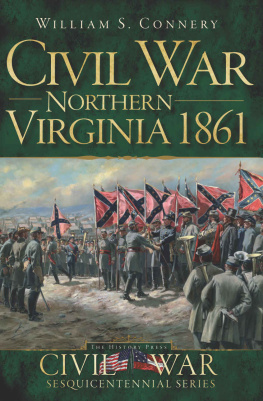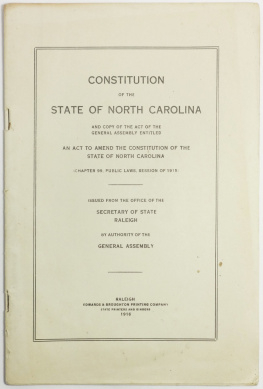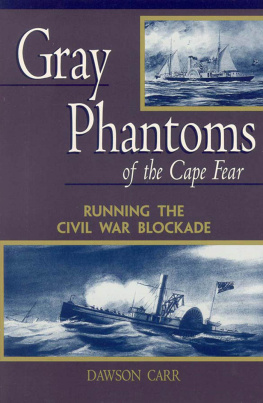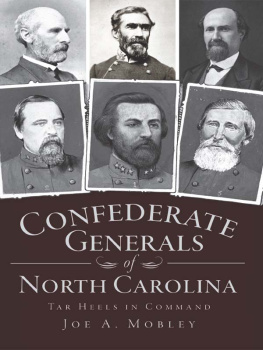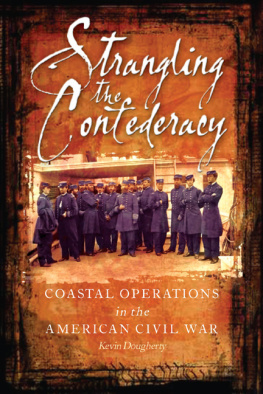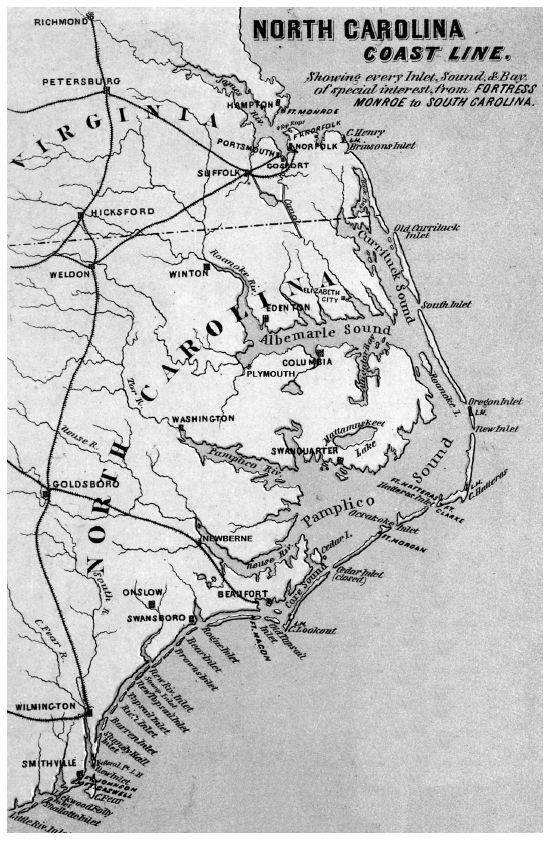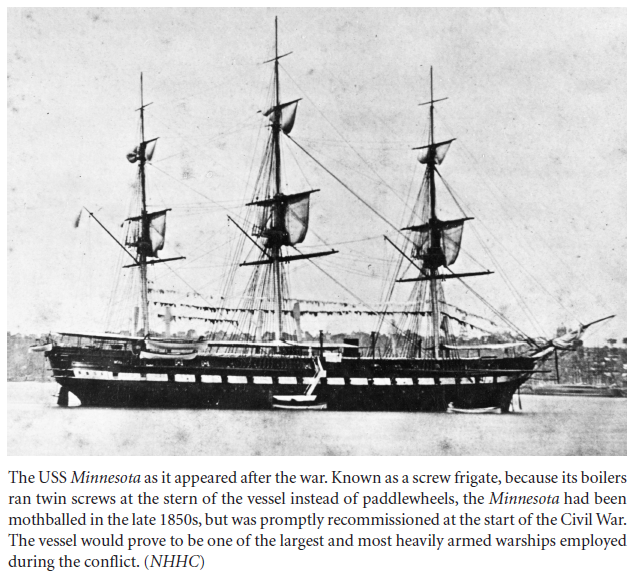Michael G. Laramie - Gunboats, Muskets, and Torpedoes: Coastal North Carolina, 1861–1865
Here you can read online Michael G. Laramie - Gunboats, Muskets, and Torpedoes: Coastal North Carolina, 1861–1865 full text of the book (entire story) in english for free. Download pdf and epub, get meaning, cover and reviews about this ebook. year: 2020, publisher: Westholme Publishing, genre: Non-fiction. Description of the work, (preface) as well as reviews are available. Best literature library LitArk.com created for fans of good reading and offers a wide selection of genres:
Romance novel
Science fiction
Adventure
Detective
Science
History
Home and family
Prose
Art
Politics
Computer
Non-fiction
Religion
Business
Children
Humor
Choose a favorite category and find really read worthwhile books. Enjoy immersion in the world of imagination, feel the emotions of the characters or learn something new for yourself, make an fascinating discovery.
- Book:Gunboats, Muskets, and Torpedoes: Coastal North Carolina, 1861–1865
- Author:
- Publisher:Westholme Publishing
- Genre:
- Year:2020
- Rating:5 / 5
- Favourites:Add to favourites
- Your mark:
Gunboats, Muskets, and Torpedoes: Coastal North Carolina, 1861–1865: summary, description and annotation
We offer to read an annotation, description, summary or preface (depends on what the author of the book "Gunboats, Muskets, and Torpedoes: Coastal North Carolina, 1861–1865" wrote himself). If you haven't found the necessary information about the book — write in the comments, we will try to find it.
From the first shots at Cape Hatteras in the summer of 1861 to the fall of Fort Fisher in early 1865, the contest for coastal North Carolina during the American Civil War was crucial to the Union victory. With a clear naval superiority over the South, the North conducted blockading and amphibious operations from Virginia to Texas, including the three-hundred-mile seacoast of North Carolina. With its Pamlico and Albemarle Soundsfed by navigable rivers that reached deep into the interiorand major Confederate port of Wilmington, the Carolina coast was essential for the distribution of foreign goods and supplies to Confederate forces in Virginia and elsewhere. If the Union was able to capture Wilmington or advance on the interior waters, they would cripple the Souths war efforts.
In Gunboats, Muskets, and Torpedoes: Coastal North Carolina, 18611865, award-winning historian Michael G. Laramie chronicles both the battle over supplying the South by sea as well as the ways this region proved to be a fertile ground for the application of new technologies. With the advent of steam propulsion, the telegraph, rifled cannon, repeating firearms, ironclads, and naval mines, the methods and tactics of the old wooden walls soon fell to those of this first major conflict of the industrial age. Soldiers and sailors could fire farther and faster than ever before. With rail transportation available, marches were no longer weeks but days or even hours, allowing commanders to quickly shift men and materials to meet an oncoming threat or exploit an enemy weakness. Fortifications changed to meet the challenges imposed by improved artillery, while the telegraph stretched the battlefield even further. Yet for all the technological changes, many of which would be harbingers of greater conflicts to come, the real story of this strategic coast is found in the words and actions of the soldiers and sailors who vied for this region for nearly four years. It is here, where the choices madewhether good or bad, misinformed, or not made at allintersected with logistical hurdles, geography, valor, and fear to shape the conflict; a conflict thatwould ultimately set the postwar nation on track to becoming a modern naval power.
Michael G. Laramie: author's other books
Who wrote Gunboats, Muskets, and Torpedoes: Coastal North Carolina, 1861–1865? Find out the surname, the name of the author of the book and a list of all author's works by series.

